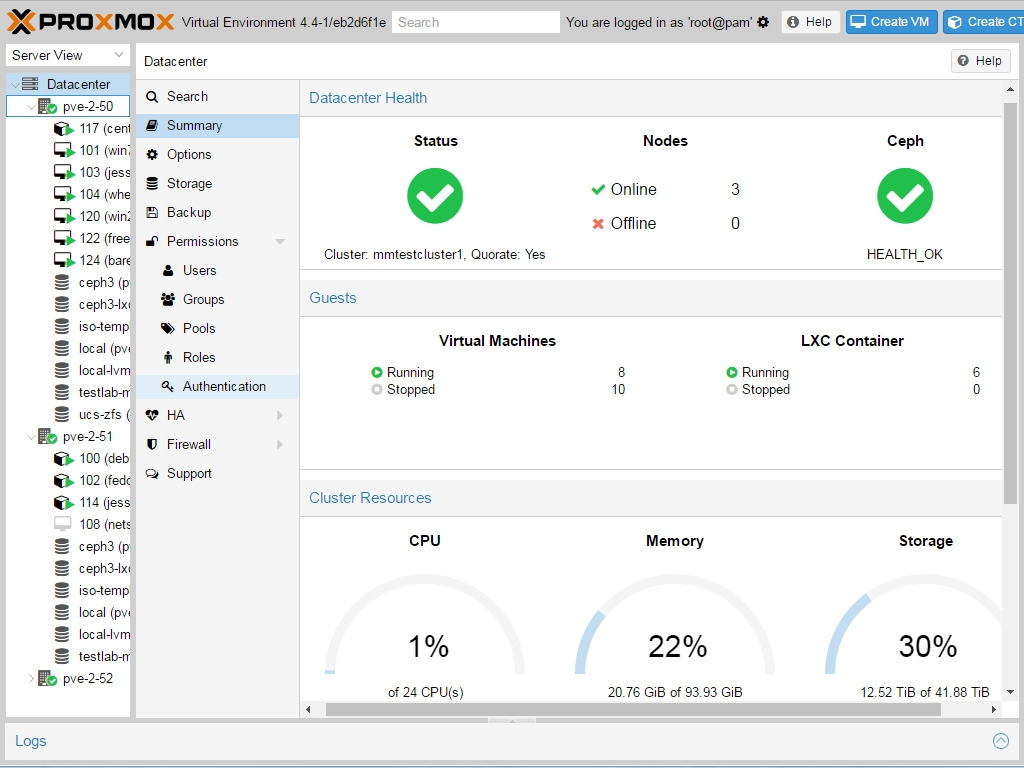I have an orangepi zero 3 with pihole
Then an ITX PC with
-
mealie (meal planner, recipe parser, grocery list maker with a bunch of features and tools)
-
immich for self hosting a google photos alternative
-
*arr stack for torrenting Linux ISOs
-
Jellyfin for LAN media playing
-
home assistant for my VW car, our main hanging renovation lights, smoke and CO monitors, and in the future, all of the KNX smart systems in our house
-
Syncthing for syncing photo backup and music library with phone
-
Bookstack for a wiki, todos, journal, etc... (Because I didn't want to install better services for journals when I don't use it much)
-
paperless-ngx for documents
-
leantime for managing my personal projects, tasks, and timing
-
Valheim game server
-
Calibre-web for my eBook library backup
-
I had nextcloud but it completely broke on an update and I can't even see the login fields anymore, it just loads forever until it takes down my network and server, so I ditched it since I never used it anyway
-
crowdsec for much better (preemptive) security than fail2ban
-
traefik for reverse proxy
